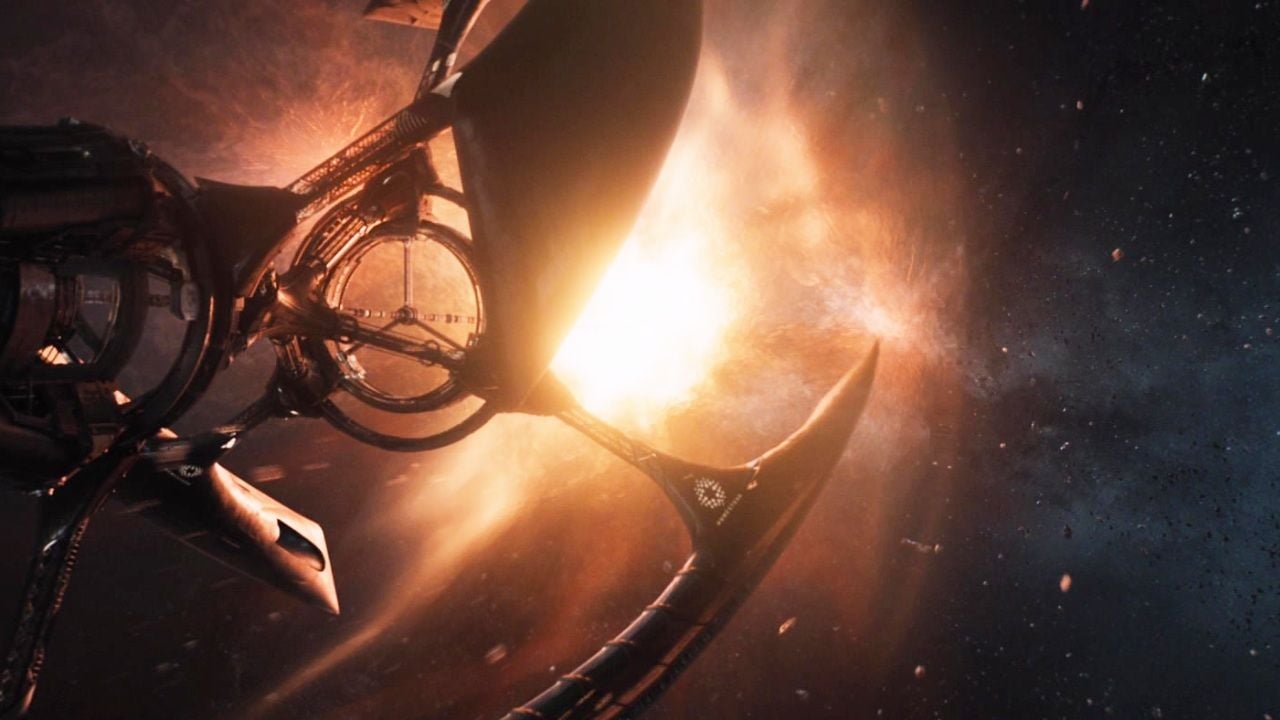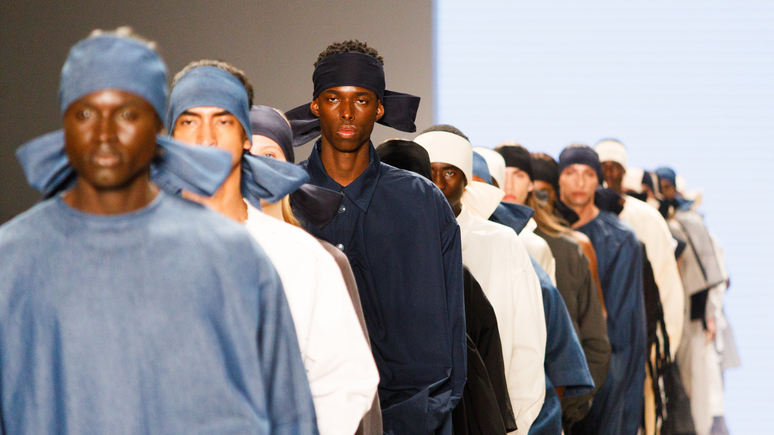The theory suggests that Tim Walz, governor of the US state of Minnesota, recently changed his state flag to resemble the flag of Somalia.
A conspiracy theory — involving the man who could become America’s next vice president, the flags of Somalia and Minnesota — has been widely shared on US social media.
The theory suggests that Tim Walz, governor of the US state of Minnesota, recently changed his state flag to resemble the flag of Somalia. Both feature stars and different shades of blue in their design.
There is no evidence to suggest this is the case. A conspiracy theory is defined as the belief that a secretive but influential group controls events behind the scenes. Many gain traction, reaching thousands of people when widely shared on social media platforms.
Minnesota, with a population of about 5.7 million, is home to the largest Somali community in the United States, about 82,000 people, the majority of whom are Muslim.
Which users were sharing?
According to a handful of reports aligned with radical right-wing political views in the United States, the new flag design was deliberately chosen to appeal to this large Somali community – and to showcase Walz’s alleged extremist ideology and lack of patriotism.
The idea gained momentum in early August, when Walz was chosen to be Kamala Harris’ Democratic vice-presidential nominee in this year’s election.
PeakMetrics, an American data company, reported that conspiracy stories linking Tim Walz to Somalia were widely shared on X (formerly Twitter) throughout the summer in the Northern Hemisphere.
In August, there were 76.2 thousand tweets on the topic, which Fox News host Jesse Watters also discussed.
However, the theory has been widely debunked by several social media analysts.

New design
Minnesota officially changed its flag in May of this year after launching an online campaign to find a new design.
Minnesota’s previous flag design, adopted in 1957, featured a Native American on horseback in the background and a white settler plowing a field in the front. It was considered problematic by many in Minnesota, including Native American representatives.
The new flag features an eight-pointed star on the left side on a dark blue background, with a light blue gradient on the right.
The dark blue field represents the shape of Minnesota, while the light blue field represents the importance of water to the state. The eight-pointed star represents the North Star.
The Somali flag, on the other hand, has a blue background on which there is a five-pointed star, which represents the five Somali regions.
Andrew Prekker, the designer who created Minnesota’s new flag, says what motivated him was a recognition that the previous flag had problems.
“I came across a website called Minnesotans for a Better Flag – and that’s what introduced me to the idea that our state flag was actually not effective and that its imagery was very problematic in terms of promoting colonialism in relation to our indigenous communities,” she says.
He explains that the few similarities between the two flags—the star, though different in shape, and the use of the color blue—were choices based on Minnesota’s characteristics. He admits to knowing very little about Somalia, including what its flag looks like.
“I had no knowledge of Somalia, I know that’s a bit ignorant. I had no idea about Somalia,” he says.
Prekker said Gov. Tim Walz was not involved in overseeing the competition or selecting the winning design, a claim that was reinforced by the Minnesota State Emblem Redesign Commission, which selected the winning design.

“Sensationalist story”
While the similarity between the flags of Somalia and Minnesota may seem rather vague, it is not surprising that it has led to widely shared conversations on social media, says Professor Samuel Woolley, head of the department of disinformation studies at the University of Pittsburgh in the United States.
“Social media is designed to promote content based on how much attention it gets, rather than how authoritative it is,” he says.
“Research shows that rumors spread on social media much faster than the truth. Part of this is simply because people love a good sensational story.”
Woolley explains that social media platforms’ trending and recommendation algorithms further fuel conspiracy theories because they are “primarily designed to prioritize popular content.”
“Coordinated groups of accounts managed by humans, bot (robots), automated and powered by artificial intelligence and other mechanisms, allow political groups to circumvent the checks and balances that exist in these algorithmic systems to go viral,” he says.
John P. Wihbey, a professor at Northeastern University in the United States and a member of the university’s Internet Democracy Initiative, believes that the conspiracy theory about Walz and the Somali flag “clearly has racist and xenophobic undertones.”
“There are many flags around the world that have similar visual elements, such as stars. The main goal of this theory seems to be to confuse the Somali-American population with some sort of progressive agenda among Minnesota leaders – and to insinuate that leaders like Minnesota Governor Tim Walz are implementing a foreign agenda on behalf of the (usually Muslim) populations,” he assesses.
But, according to him, the fact that the tweets have received “likes” does not mean that people believe the material or the message.
“People often signal approval of content not because they rationally believe it, but because it indicates some kind of solidarity with a general worldview – in this case, a worldview that is anti-democratic and, perhaps, anti-Somali,” it says.
To Andrew Prekker, the man behind Minnesota’s new flag, the idea that his design suggests some sort of association between Tim Waltz and Somalia is insane.
“I think the conspiracy theory is just ridiculous,” he says.
Source: Terra
Rose James is a Gossipify movie and series reviewer known for her in-depth analysis and unique perspective on the latest releases. With a background in film studies, she provides engaging and informative reviews, and keeps readers up to date with industry trends and emerging talents.


![It All Begins Here: What’s in store for Tuesday 21 October 2025 Episode 1289 [SPOILERS] It All Begins Here: What’s in store for Tuesday 21 October 2025 Episode 1289 [SPOILERS]](https://fr.web.img3.acsta.net/img/99/48/99481db5c03e1ff295fce95b23125991.jpg)




